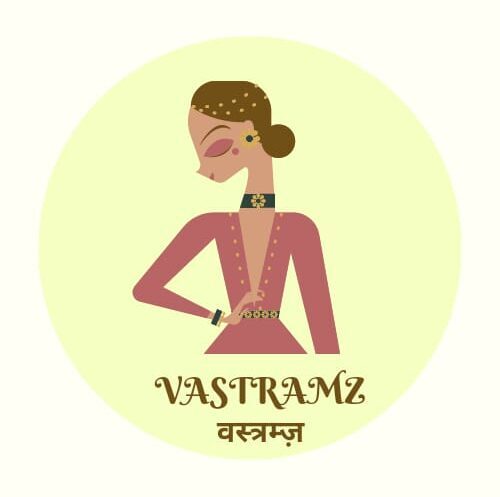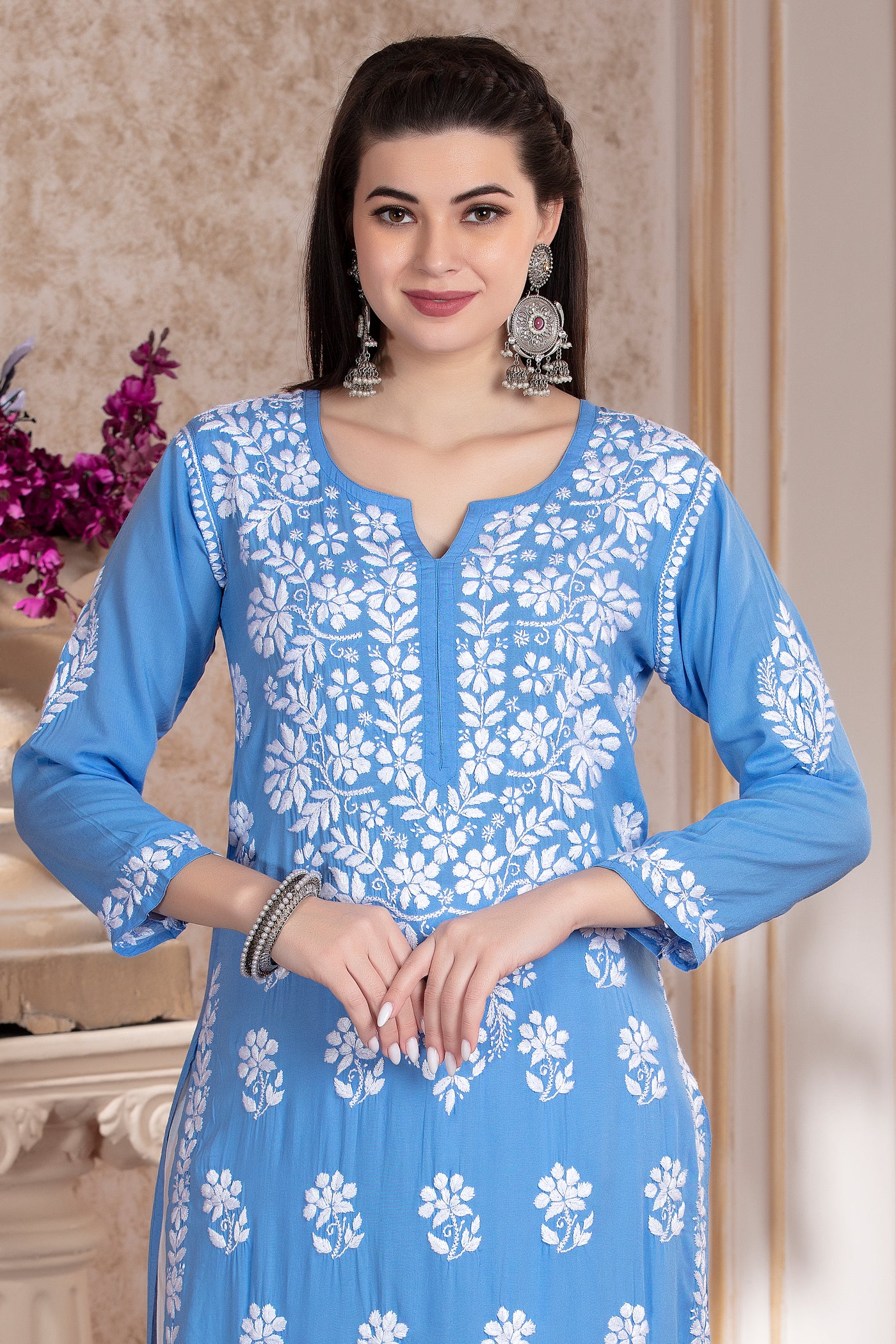Modal fabric is a textile material that has gained popularity in recent years due to its softness, durability, and eco-friendliness. It is made from Beech tree pulp, which is processed and spun into fine fibers that are then woven into a variety of fabrics. In this article, we will explore the history of Modal fabric, its manufacturing process, and its various uses in modern times.
What is Modal Fabric?
Modal fabric is a type of rayon that is made from Beech tree pulp. It was first developed in the 1950s by the Austrian company Lenzing AG, which also developed Tencel, another popular type of Rayon. Modal fabric is known for its Softness and Breathability, as well as its ability to resist Shrinking and Pilling. It is also highly absorbent, making it a popular choice for bedding, towels, and other textiles.
Now, It is commonly used in a variety of women’s clothing items, including tops, dresses, skirts, and loungewear, because of its Softness, Comfort and Durability.
Eco-Friendly Properties Of Modal Fabric:
Modal fabric is considered to be Eco-friendly because it is made from renewable resources, such as beech trees, which grow quickly and require minimal water and pesticides. Additionally, the manufacturing process used to make Modal fabric is less harmful to the environment than that used to make traditional cotton fabrics. Modal fabric is also biodegradable, meaning that it can break down naturally over time without causing harm to the environment.
Is Modal Better than Cotton?
Modal fabric has several advantages over cotton. First, it is softer and more comfortable to wear, thanks to its finer fibers. It also has a Silk-like texture that makes it feel luxurious against the skin. Additionally, Modal fabric is more durable than cotton and can withstand repeated washing and wear without losing its shape or becoming damaged. Finally, Modal fabric is more eco-friendly than cotton, as it requires less water and pesticides to grow and less energy to produce.
Is Modal Fabric Good for Warm climate or Summer?
Yes, Modal fabric is an excellent choice for summer clothing. It is lightweight and breathable, allowing air to circulate around the body and preventing the wearer from becoming overheated. Modal fabric also wicks moisture away from the skin, which can help to keep the wearer feeling cool and comfortable in hot weather. Additionally, Modal fabric is less likely to wrinkle than cotton, meaning that summer clothing made from Modal will look fresh and neat even after hours of wear.
Modal fabric has become a popular choice for women’s clothing due to its softness, comfort, and versatility. It is commonly used in a variety of women’s clothing items, including tops, dresses, skirts, and loungewear.
One of the reasons Modal fabric is so popular for women’s clothing is its softness. The fine fibers of Modal fabric create a fabric that is incredibly soft to the touch, making it ideal for clothing that will be worn close to the skin. Modal fabric also has a silk-like texture that gives it a luxurious feel.
Another benefit of Modal fabric is its breathability. This makes it ideal for clothing that will be worn in warm weather, as it allows air to circulate around the body and prevents the wearer from becoming overheated. Additionally, Modal fabric is highly absorbent, which helps to wick moisture away from the skin and keep the wearer feeling cool and comfortable.
Modal fabric is also highly durable, making it an ideal choice for clothing that will be worn frequently or undergo a lot of wear and tear. It is resistant to shrinking and pilling, which means it can withstand repeated washing and wear without losing its shape or becoming damaged.
Finally, Modal fabric is a versatile fabric that can be used in a wide range of women’s clothing styles, from casual to dressy. It drapes well and has a fluid movement that makes it ideal for flowing styles like maxi dresses and skirts, while its softness and comfort make it perfect for loungewear and sleepwear.
Overall, Modal fabric is an excellent choice for women’s clothing. Its softness, breathability, and durability make it a popular choice for many women, and its versatility means it can be used in a variety of clothing styles.
Modern-Day Uses of Modal Fabric
Today, Modal fabric is used in a wide range of applications, from clothing to bedding to upholstery. It is a popular choice for t-shirts, underwear, and other clothing items that require softness, breathability, and durability. Modal is becoming very Popular in Ladies Dresses especially Chikan Kurtis and Kurtis with Pant or Plazzo Sets. Modal fabric is also used to make towels, bathrobes, and other bath linens because of its absorbency and quick-drying properties. Finally, Modal fabric is used in upholstery and home decor, as it is resistant to fading and can withstand heavy use without becoming damaged.
Limitations of Modal Fabric:
While Modal fabric has many advantages over traditional cotton fabrics, it also has some limitations that should be considered before making a purchase. Some of the limitations of Modal fabric are:
Care: Modal fabric requires special care when washing and drying to maintain its softness and durability. It should be washed in cool water and hung to dry or dried on low heat. High temperatures can cause Modal fabric to shrink and lose its shape.
Price: Modal fabric is generally more expensive than traditional cotton fabrics, due to the cost of manufacturing and processing the beech tree pulp into fiber.
Durability: While Modal fabric is more durable than cotton, it may not be as long-lasting as some synthetic fabrics. Modal fabric can also be prone to pilling, especially if it is rubbed against rough surfaces.
Color Fastness: Modal fabric can be less colorfast than cotton, meaning that it may fade over time with repeated washing.
Stains and Spots:
While Modal fabric is known for its many advantages, one of its limitations is that it can be easily stained. If spills or stains are not addressed immediately, they can leave water marks or discoloration on the fabric. This is because Modal fabric is made from plant fibers that are highly absorbent, which means that they can soak up liquids and other substances quite easily.
One of the most common causes of stains on Modal fabric is food or drink spills. If a spill occurs, it is important to act quickly and blot up as much of the liquid as possible with a clean cloth. Do not rub the stain, as this can spread it further into the fabric. Instead, continue blotting until as much of the liquid as possible has been absorbed.
Once you have blotted up the liquid, it is important to wash the garment as soon as possible. This will help to prevent water marks from forming on the fabric. Use a mild detergent and wash the garment in cool water, following the care instructions on the label. Avoid using hot water or bleach, as these can damage the fabric.
If the stain is particularly stubborn, you may need to use a stain remover or take the garment to a professional cleaner. However, it is important to test any stain remover on a small, inconspicuous area of the fabric first to ensure that it does not cause discoloration or damage.
In general, it is best to avoid exposing Modal fabric to substances that are likely to cause stains, such as red wine or tomato sauce. If spills do occur, act quickly and follow the steps outlined above to minimize the risk of water marks or other stains on the fabric. With proper care and attention, Modal fabric can remain looking great for years to come.
Mainly in Handcrafted Modal Dresses their is possibility that there are some stain marks in fresh pieces of Garments like Chikan, made from it, but this make it more authentic :
When it comes to handcrafted Modal dresses, there is a possibility that there may be some stain marks present in fresh pieces of garments made from this fabric. However, rather than being seen as a flaw, these marks can actually add to the authenticity and uniqueness of the garment.
Because Modal fabric is a natural material, it can be more susceptible to variations in color and texture. This means that small imperfections or variations in the fabric can be a normal part of the production process, especially in handcrafted garments.
In some cases, these imperfections may take the form of small stain marks or discolorations. While they may be considered flaws in other types of fabrics, in Modal fabric they can be seen as a sign of the fabric’s natural character and charm. As a result, some designers and fashion lovers actually seek out handcrafted Modal dresses with these types of imperfections, as they feel it adds to the garment’s authenticity and unique character.
Of course, not everyone will appreciate or seek out these types of imperfections in their garments. However, for those who do, they can be seen as a desirable and authentic feature of handcrafted Modal dresses.
Environmental Concerns: While Modal fabric is considered to be more eco-friendly than cotton, some people have concerns about the chemicals used in the processing of the beech tree pulp into fiber.
It is important to consider these limitations when deciding whether to purchase Modal fabric products. While it has many benefits, it may not be the best choice for every situation or individual.
Conclusion:
In summary, Modal fabric is a versatile and eco-friendly textile material that has many advantages over traditional cotton fabrics. It is soft, durable, and breathable, making it an excellent choice for clothing, bedding, and upholstery. Modal fabric is also more eco-friendly than cotton, requiring less water, pesticides, and energy to produce. With its many benefits and modern-day uses, Modal fabric is sure to remain a popular choice for many years to come.
Call to Action: As a clothing brand, we’ve put in a lot of effort to research and gather facts to bring you the most informative content possible honestly.. We hope you found this article on Modal fabric informative and interesting.
If you enjoyed reading this post, please show your support by liking and sharing it with your friends and family. Don’t forget to subscribe to our website for more informative and exciting posts! Your support means the world to us and encourages us to keep creating content that you’ll love.
Thank you for taking the time to read our post and for supporting our brand. We appreciate your support and hope to keep providing you with engaging and informative content.
FAQ s:
Q1: What is Modal fabric?
A: Modal fabric is a type of semi-synthetic fabric made from beech tree pulp. It is known for its softness, breathability, and durability.
Q2: Is Modal fabric eco-friendly?
A: Yes, Modal fabric is considered eco-friendly due to its biodegradability and the fact that it is made from renewable resources.
Q3:Is Modal fabric better than cotton?
A: Modal fabric has several advantages over cotton, including superior softness, moisture-wicking properties, and resistance to shrinkage and pilling.
Q4: Is Modal fabric good for summer?
A: Yes, Modal fabric is a great option for summer clothing due to its breathability and moisture-wicking properties, which help keep you cool and dry.
Q5: Can Modal fabric be easily stained?
A: Yes, Modal fabric is susceptible to staining, especially if not washed immediately. However, some people appreciate the natural variations and imperfections that can occur in Modal fabric, as it adds to the fabric’s unique character and authenticity.

